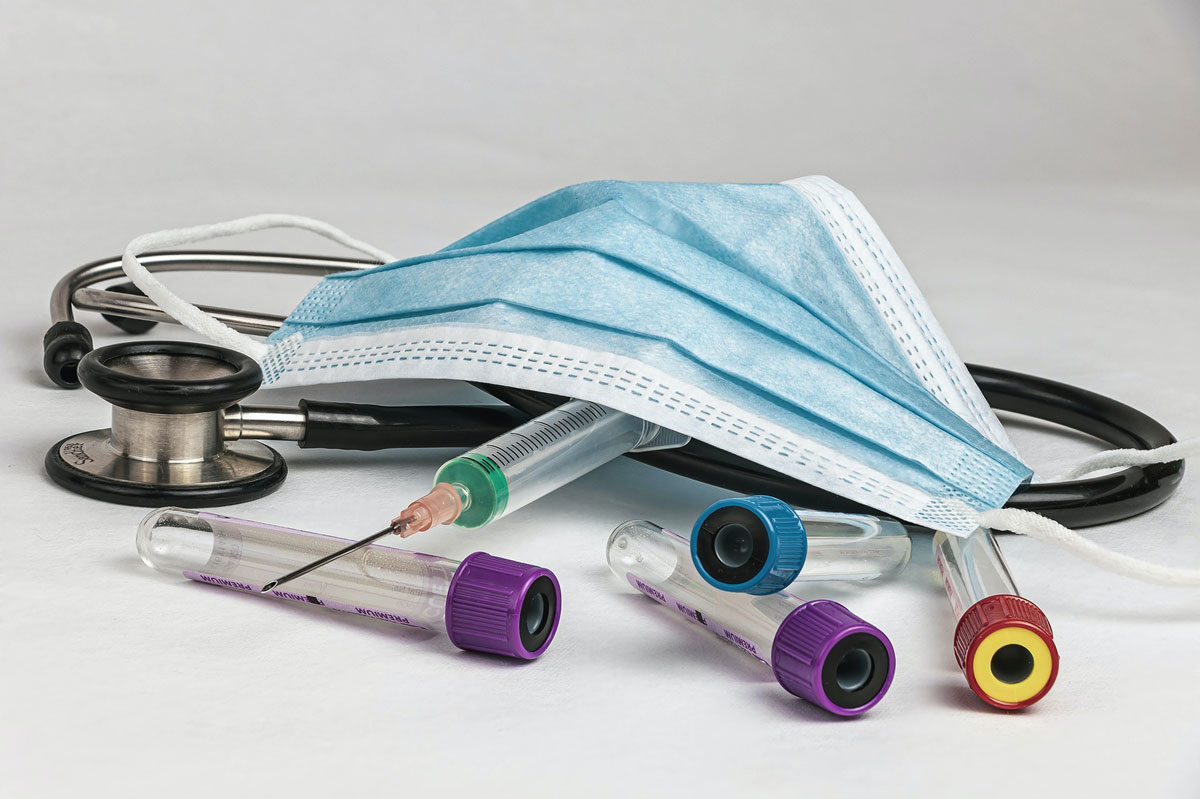A simple table
to understand the classification.
Medical devices are classified into different categories according to their level of risk to patients. The criteria for classification differ from country to country, but in general, they take into account the duration and nature of the device’s interaction with the human body, as well as the level of control needed to ensure the device’s safety and effectiveness.
In Europe, medical device classes are defined by the European Directive 93/42/EEC and the European Regulation (EU) 2017/745 (EU MDR). Below are the main medical device classes, based on the level of risk they present:
Class 1
Non-invasive devices with low risk for the patient. Bandages, compression stockings, stethoscopes, or low risk measuring devices.
Class 2a
Devices with moderate risk to the patient, are usually used for short-term internal use. Hearing aids, tooth crowns, (…)
Class 2b
Devices with high risk to the patient, are usually used for internal use for 30 days or more. Incubators for newborns, condoms, dialysis machines, (…)
Class 3
High-risk devices for the patient, requiring regular monitoring. Pacemakers, hip replacement, implants, (…)
The recasting of medical device classes is underway in the European Union, with the adoption of a new European Regulation on medical devices (Regulation (EU) 2017/745) which was published in 2017 and came into force in May 2021, with an additional delay (transition extension) until 2028 for some classes.
This review was undertaken for several reasons:
- Harmonization: The 1993 EU Medical Devices Directive allowed EU Member States to transpose the rules into their national laws, which created differences in the conformity assessment requirements for medical devices. The new regulation harmonizes the requirements across the EU to improve patient safety and ensure a uniformly high level of protection in all member states.
- Strengthened regulation: The new regulation strengthens the regulation of medical devices to ensure increased market surveillance and better transparency for patients and health professionals. It also introduces stricter rules on conformity assessment and certification of medical devices.
- Meeting technological developments: Technological advances have led to the emergence of new types of medical devices, such as mobile health applications, artificial intelligence devices, etc. The new Regulation is designed to address these developments and ensure that new medical devices meet safety and efficacy standards.
In short, the recast of the medical device classes has been undertaken to improve patient safety and ensure a uniformly high level of protection in all EU member states. It also responds to technological developments and strengthens the regulation of medical devices.
In the United States?
In the United States, the Food and Drug Administration (FDA) classifies medical devices into three main categories:
- Class I: least-risk medical devices, such as bandages, eyeglasses, thermometers, etc.
- Class II: moderate-risk medical devices, such as catheters, contact lenses, hearing aids, etc.
- Class III: highest-risk medical devices, such as pacemakers, cochlear implants, hip replacements, etc.
Other countries may have similar classifications, but with different nuances.
New European Regulation on medical devices (MD)
Understand the main changes in the EU MDR regulation and its implications for your clinical studies.
Read this article to see the most important changes.
PMS studies and their setting up
New regulations make post-marketing studies (PMS) mandatory.
Find out here in which context they should be carried out and for which devices.
Simplify your medical device and PMCF studies with Datacapt.
With Datacapt you can benefit from flexible electronic data capture solutions in line with the EU MDR regulation. We are here to assist you in improving the security and compliance of your projects.




